ACL Injuries
The ACL is a ligament inside your knee that provides stability during activity. ACL tears happen most commonly in sports with running, jumping and change of direction.
ACL tears occur two to six times more often in females than in males doing the same amount of sports activities.
Why are female athletes more at risk?
Researchers at Cincinnati Children’s have been investigating ACL injuries in female athletes, and a common issue they observed in injured female athletes is that they don’t steady their upper bodies when they jump or change directions, which places enormous pressure on their planted knee, and overloads the ACL.
Take basketball as an example. Players with good core strength control their acceleration and deceleration when they jump to shoot and rebound the ball so that when they land, their body absorbs the impact evenly in a column that includes their knees, hips and lower back.
But if a player doesn’t have a strong core, that support column collapses at the weakest point, which is usually the knee, causing them to wobble to one side and injure themselves.
ACL injury prevention
Learning how to jump, (and land properly), is one way therapists at Cincinnati Children’s are helping female athletes reduce the risk of an injury. This is known as neuromuscular training.
Through neuromuscular training, girls are taught how to balance and control their midsections with exercises that concentrate on core muscle stability and one-leg balance training. Others participate in a more-standard, ACL-injury-prevention program of strength and speed training.
Is my daughter at risk for an ACL injury?
The risk for ACL injuries blossoms in girls during puberty. As they get taller and gain weight, girls don’t add muscle strength like boys do. Essentially their center of balance is changing, but they don’t have the ability to control it.
Parents and coaches can use simple at-home diagnostics to identify girls who are most at risk for injury.
Here is an easy one to try:
Step 1: Set up a foot-high box.
Step 2: Have the athlete stand on it and hop down lightly, then immediately leap straight up as high as she can and land back on the ground.
Step 3: Watch closely or videotape her and answer the following questions:
- Did her knees move toward each other when she landed the first time
- Did they appear to collapse inward as she exploded back up?
- Did she lean forward or to one side as she landed back on the ground?
Those are all high risk indicators.
If you suspect your daughter is at risk for an ACL injury, contact our sports medicine specialists at 513-803-4878 to learn more about our success with neuromuscular training.

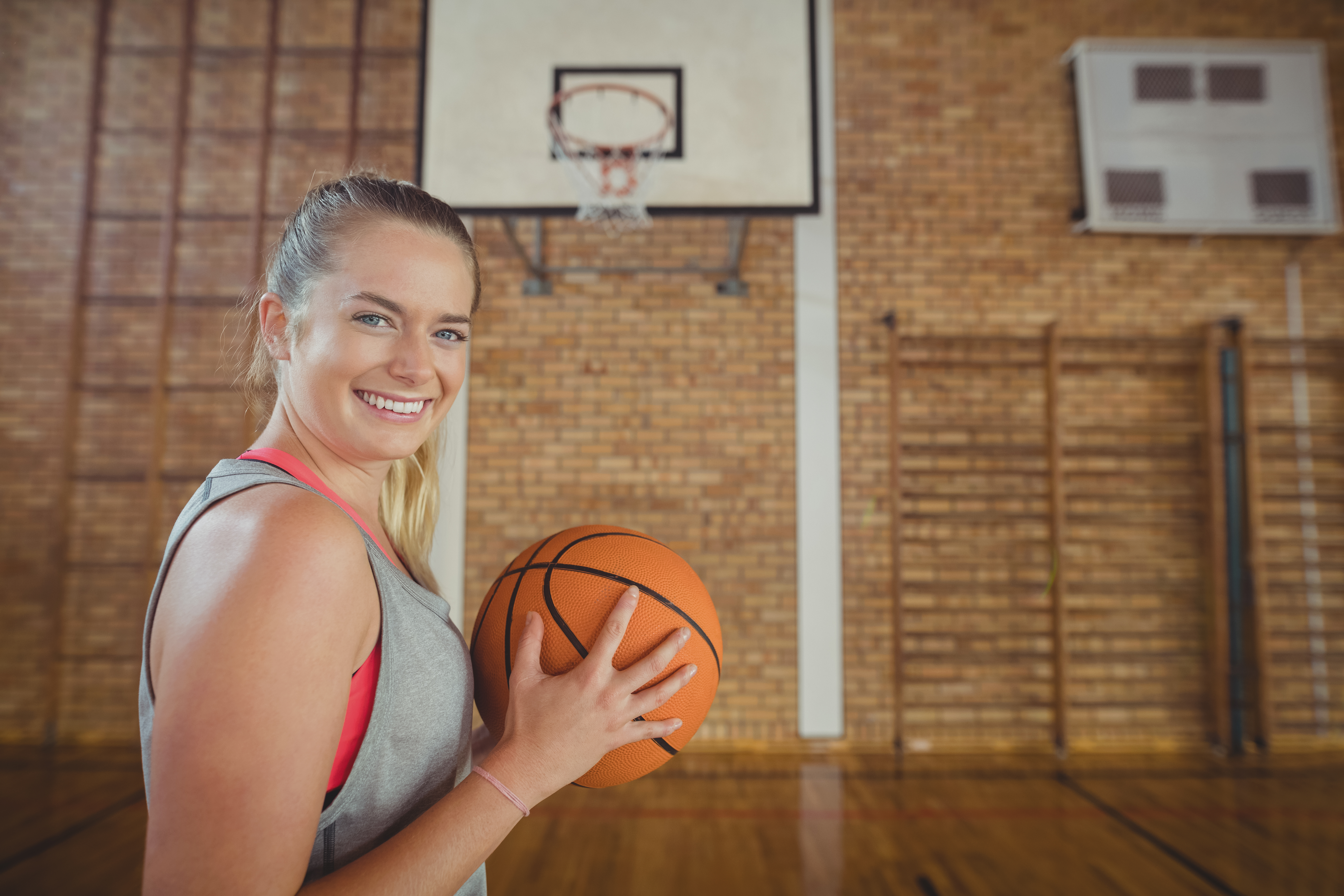
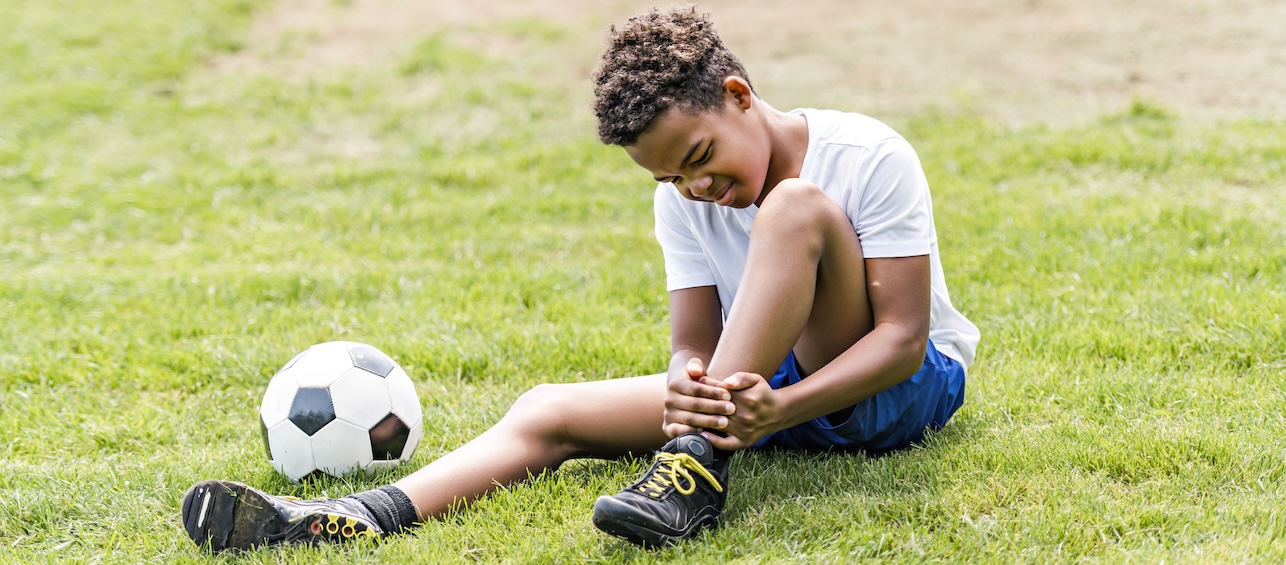
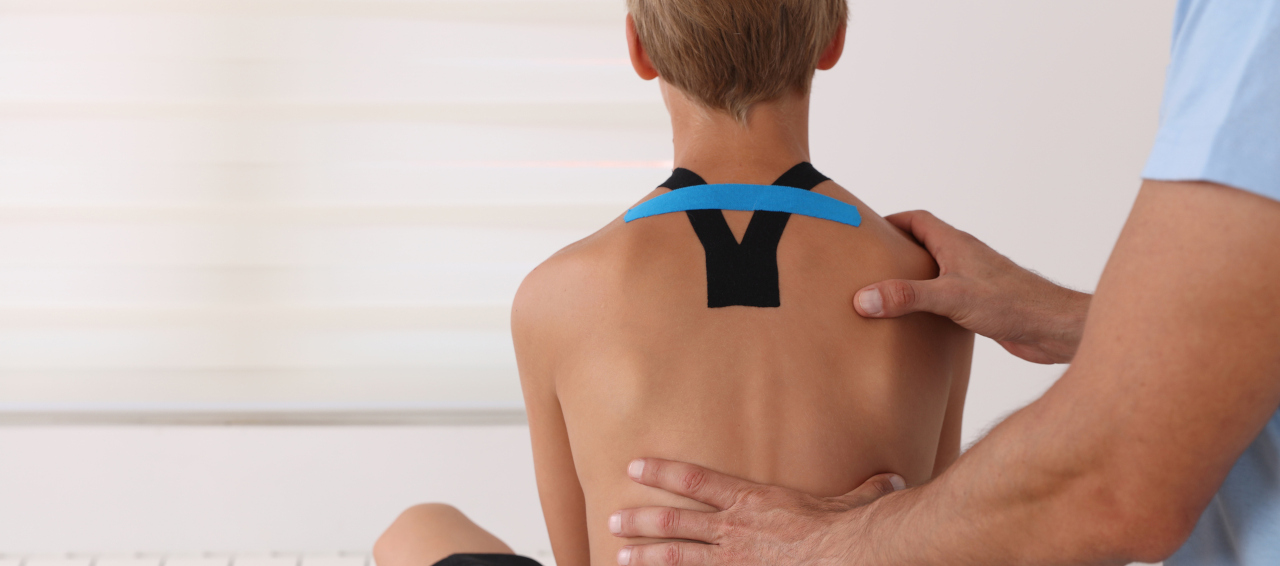
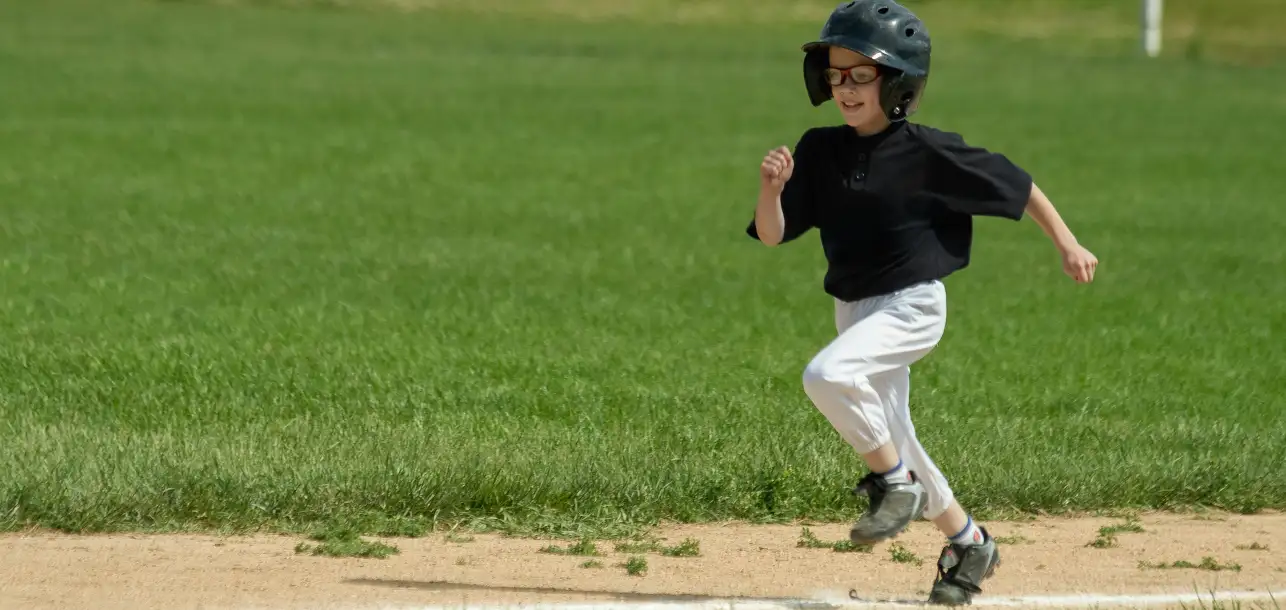
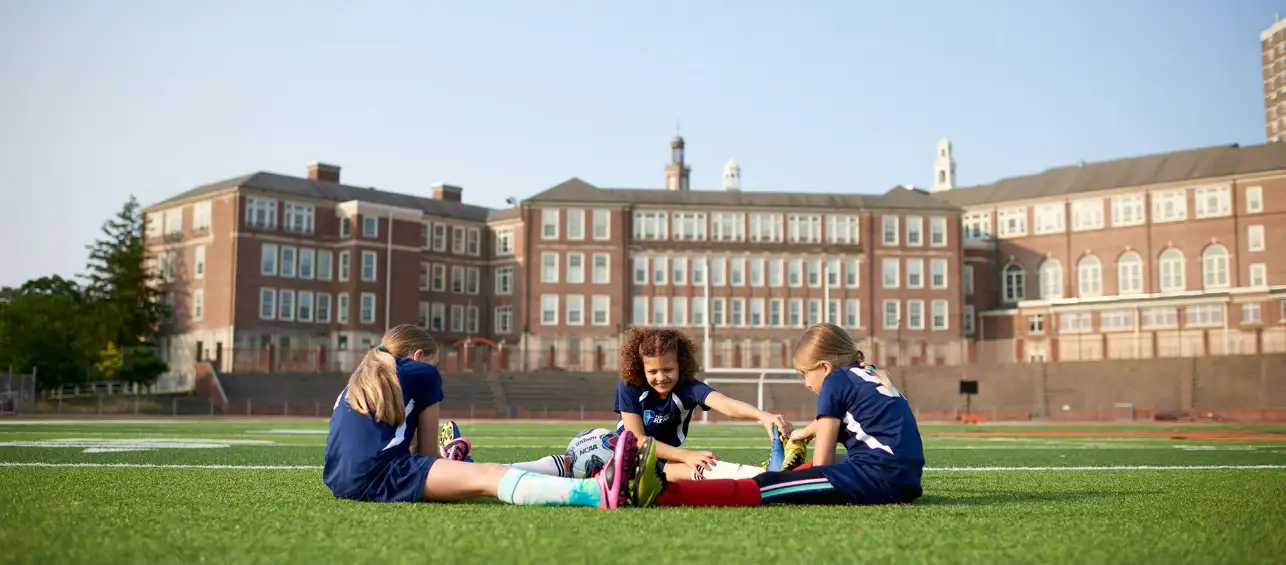

[…] I went to a seminar at the Cincinnati Children’s Hospital, who are one of the leading ACL researchers in the country, a few years ago and learned a ton. It was a great experience; we learned everything from what goes on during surgery to their training/rehab methods, and all the research in between. I wanted to start with a brief article from Cincinnati Children’s Hospital. […]
[…] and soccer programs. Cincinnati Children's Hospital has been among the leaders in this area Preventing ACL Injuries in Girls – Cincinnati Children's Blog Search DFP for ACL and you'll find further discussion. After DD's ACL replacement, her ortho said […]